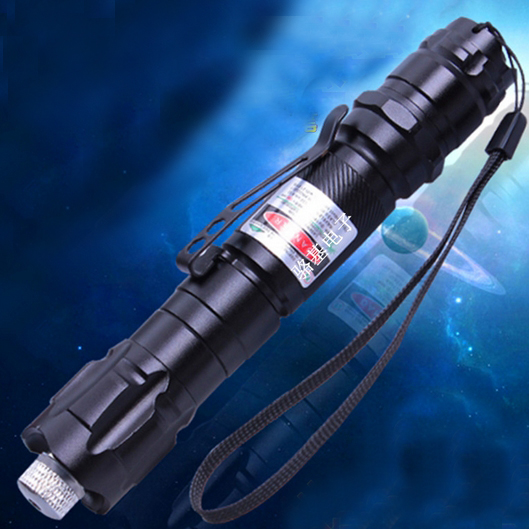In the future, shortwave ultraviolet laser technology will give birth to a new generation of nanotechnology, materials science, biotechnology, chemical analysis, plasma physics and other disciplines. From short-wave ultraviolet laser pointer to infrared laser, optoelectronic technology will become an important foundation for human development, and short-wave ultraviolet laser technology is becoming a new research and application hotspot.
Due to the large energy of short-wave ultraviolet photons, it is difficult to generate a certain high-power continuous short-wave ultraviolet laser through an external excitation source. Therefore, the realization of short-wave continuous ultraviolet laser is generally generated by the nonlinear effect of crystal materials. There are generally two methods for the generation of traditional all-solid-state short-wave ultraviolet laser lines:

Directly perform intra-cavity or extra-cavity frequency triple or quadruple frequency multiplication on infrared all-solid-state lasers to obtain short-wave ultraviolet laser lines;
First use the frequency doubling technique to obtain the second harmonic, and then use the sum frequency technique to obtain the short-wave ultraviolet green laser pointer spectrum. If the 1064 nm fundamental frequency light radiated by the Nd:YAG/Nd:YVO4 laser crystal is used for the frequency doubling process to output 532 nm laser, it is necessary to use the 1064 nm fundamental frequency light and 532 nm frequency doubling light as the new fundamental frequency light to pass the nonlinearity again The process outputs 355 nm ultraviolet laser. Usually the effective nonlinear coefficient is small in this way, and the conversion efficiency is low.
The trivalent praseodymium ion (Pr3+) has attracted much attention as a rare earth element ion that can directly achieve visible light output through down-conversion, and its energy level transition is shown in Figure 1. Pr3+- doped materials can produce visible light in several colors, including deep red (about 698 nm and 720 nm), red (about 640 nm), orange (about 605 nm), green (about 522 nm) and blue (about 490 nm).
With the development of InGaN semiconductor lasers, high-power, compact all-solid-state lasers can be emitted in the visible light band. Another advantage of this visible laser is that it can generate continuous short-wave ultraviolet lasers through intracavity frequency doubling.
